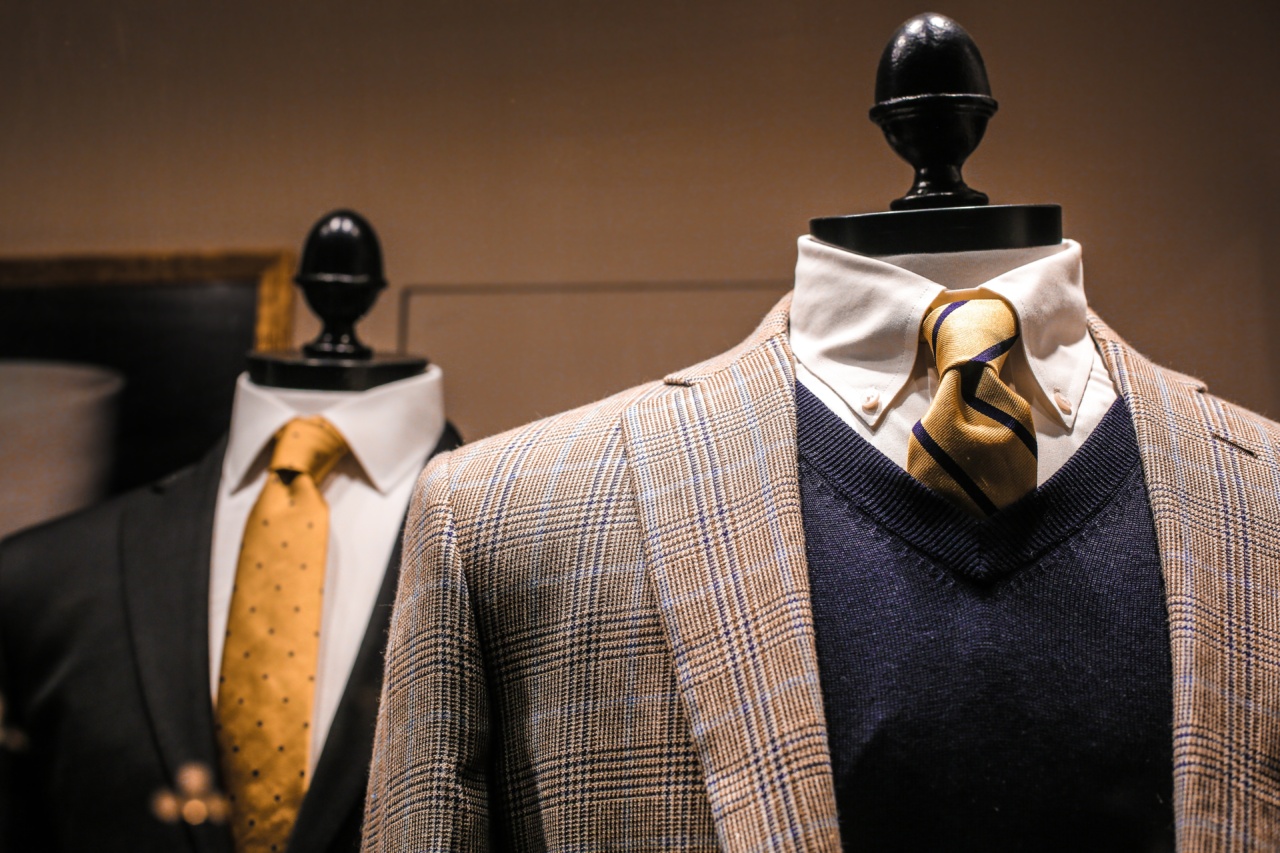Neckties have long been a staple accessory in men’s fashion, adding a touch of sophistication and elegance to any outfit. However, recent research suggests that there may be more to these seemingly harmless pieces of fabric than meets the eye.
In this article, we delve into the shocking truth about men’s neckwear and explore the potential health risks associated with wearing ties.
The Evolution of Neckties
The history of neckties dates back to ancient times, where they were primarily worn as a symbol of social status and power by the influential elite.
Over the centuries, the design and style of ties have evolved, reflecting various fashion trends and cultural influences.
The Hidden Dangers Lurking in Your Tie
While ties have undoubtedly become a fashion statement, recent studies have raised concerns about their potential health hazards. One of the main culprits is the fabric used to make ties, specifically silk and polyester.
1. Silk Ties and Allergies
Silk ties, often considered the epitome of luxury, can harbor allergens that may wreak havoc on sensitive individuals. These allergens could include dust mites, pollen, or even traces of chemicals from the manufacturing process.
Prolonged exposure to these allergens may lead to itching, skin rashes, and respiratory issues among susceptible individuals.
2. Polyester Ties and Toxicity
On the other hand, polyester ties, which are widely available and more affordable, come with their own set of risks. Polyester fibers are often treated with various chemicals to achieve desired properties such as wrinkle resistance and durability.
These chemicals, including formaldehyde and flame retardants, have been linked to skin irritation, allergies, and even potential carcinogenic effects.
3. The Choking Hazard
Ties are usually secured with a knot around the neck, creating a potential choking hazard.
In certain scenarios, such as during physical activities or in the presence of machinery, ties can get accidentally caught, leading to serious injuries or even fatalities. Health and safety organizations have issued warnings regarding this aspect of tie-wearing, urging individuals to be cautious in specific environments.
4. The Impact on Circulation
Many tie-wearers may have experienced the tight sensation around their necks after prolonged wear. This compression can impede blood circulation, potentially leading to headaches, muscle tension, and discomfort.
While the impact may be minimal for occasional tie users, individuals who wear ties for prolonged periods, such as those in certain professions, may be at a higher risk.
5. Tie-related Infections
It’s no secret that ties come into contact with various external surfaces throughout the day. From elevator buttons to conference tables, ties can unwittingly collect bacteria and pathogens.
Failure to regularly clean ties can increase the risk of these germs lingering on the fabric, potentially leading to infections when the ties come into contact with the mouth or face.
6. Ties and Neck Pain
The added weight of a tie pulling down on the neck and shoulder muscles can contribute to chronic neck pain among tie-wearers.
The strain placed on these muscles may result in discomfort, stiffness, and even more severe conditions such as cervical spondylosis or nerve impingement.
7. Ties as Foci of Contamination during Pandemics
In recent times, the world has witnessed the spread of contagious diseases such as COVID-19. Ties, being in close proximity to the face, can serve as potential foci of contamination.
As individuals touch their ties or adjust them throughout the day, they may inadvertently transfer pathogens from their hands to their faces, increasing the risk of infection.
8. Ties and Stress
Wearing a tie may be associated with certain cultural or professional expectations that can contribute to increased stress levels.
The pressure to adhere to dress codes or maintain a certain appearance can cause additional psychological strain, potentially impacting an individual’s mental well-being.
9. Alternative Neckwear Options
For those concerned about the potential risks associated with traditional neckties, there are alternatives available. Bow ties, for instance, provide a stylish and safer alternative as they eliminate the risk of choking hazards.
Other options include tie clips or pins that keep the tie securely in place without the need for a knot around the neck.
10. Minimizing the Risks
While some risks associated with wearing ties may be unavoidable, there are measures that individuals can take to minimize potential health hazards.
Regularly cleaning ties, using hypoallergenic fabrics, opting for looser knots, and taking breaks from prolonged tie-wearing are all steps that can help reduce the impact on one’s health.
The Final Verdict
As with any potentially risky accessory, awareness and moderation are key. Understanding the potential hazards associated with neckties can help individuals make informed decisions regarding their fashion choices.
Whether you choose to continue wearing ties or opt for safer alternatives, it’s crucial to prioritize your health and well-being above all.































